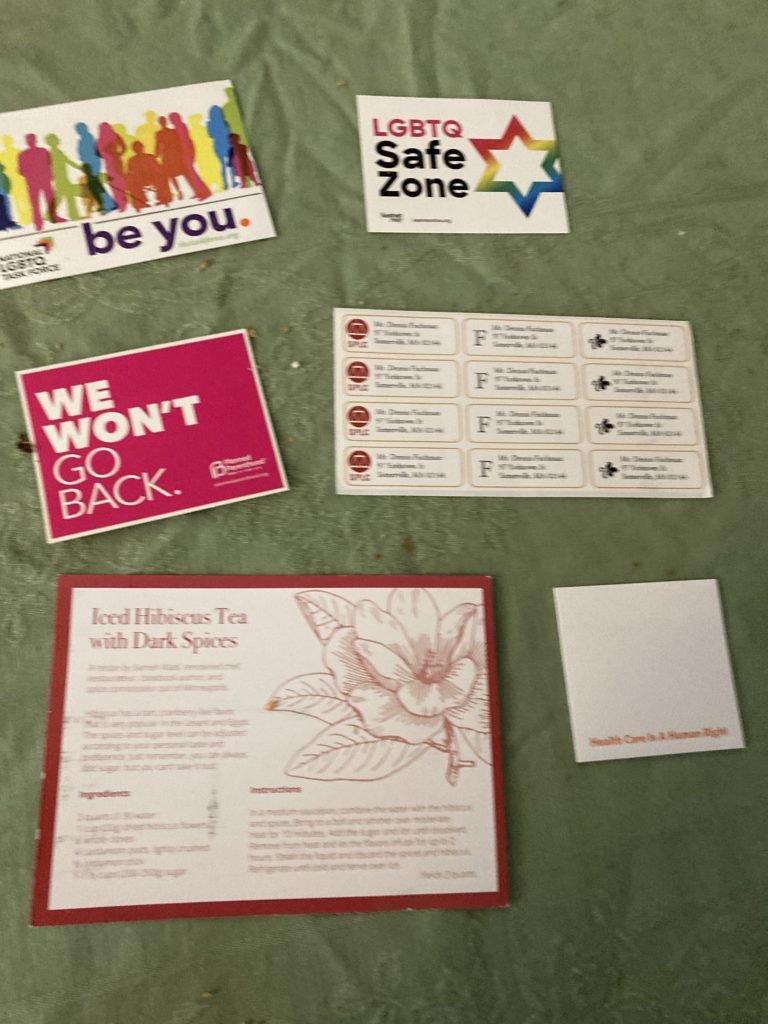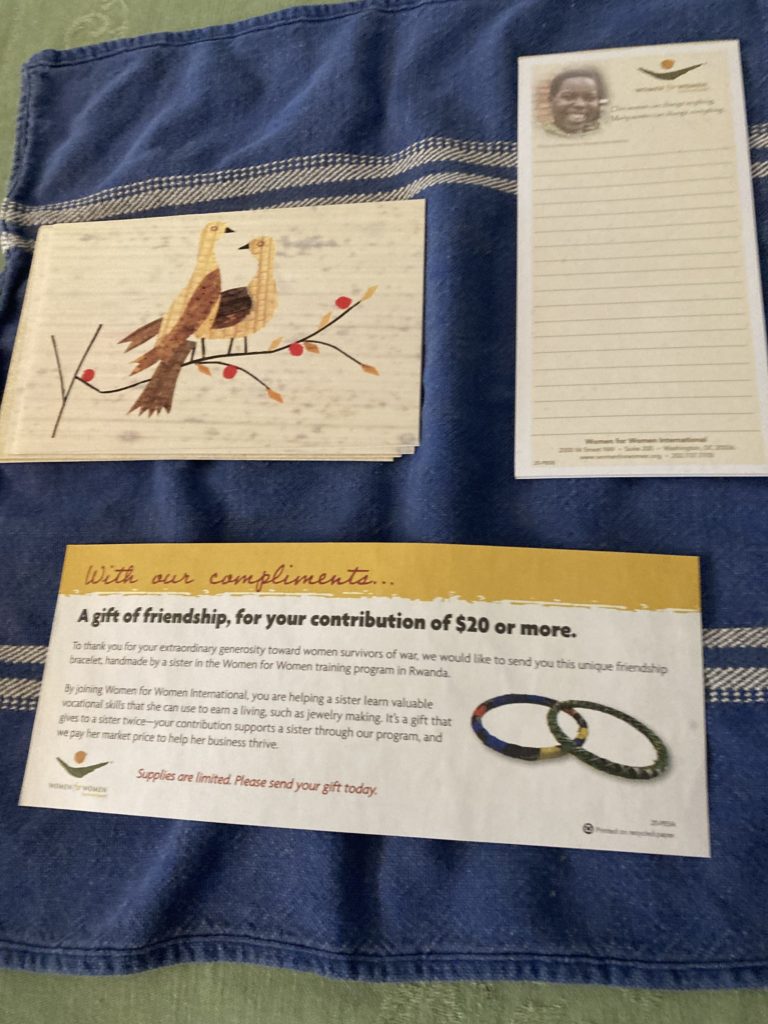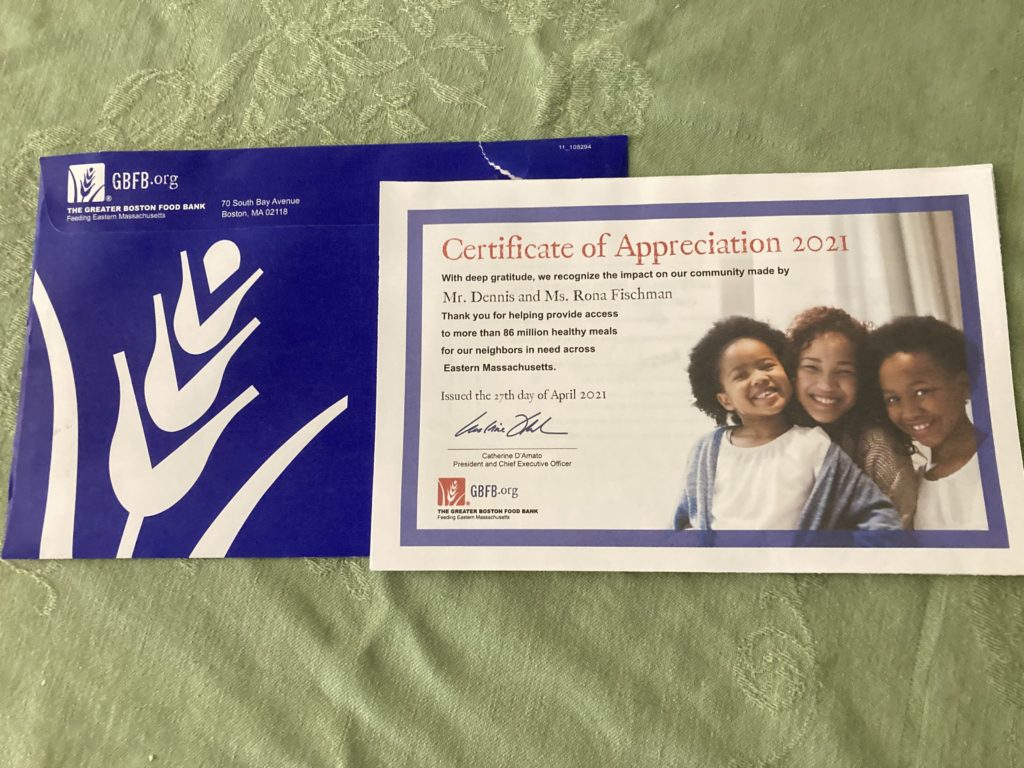A guest post by Jason Champion of Winspire
If you’ve ever planned an auction for your nonprofit, you know that the process involves many decisions, from choosing its format to selecting marketing channels to spread the word. But the most important choices you’ll need to make before the event concern the prizes up for grabs.
It’s essential to keep upfront costs relatively low to maximize your event’s return on investment (ROI). However, you also need to seek out high-quality, unique auction items that will catch your supporters’ attention!
In this guide, we’ll discuss the top five charity auction items to add to your catalog for maximum supporter appeal and fundraising potential. These include:
- Travel Packages
- Gift Baskets
- Event Tickets
- Signed Celebrity Memorabilia
- Fine Food and Beverages
Keep in mind that you’ll need to procure a different number and collection of items depending on what type of auction you host. Winspire’s charity auction items guide suggests offering 12-15 high-value prizes at live auctions, all of which need to be high-value to ensure a positive event ROI. Meanwhile, silent auctions can include 100 items or more at a variety of price points to engage as many supporters as possible. That being said, let’s dive in!
1. Travel Packages
Travel-related items tend to sell well at nonprofit auctions due to their uniqueness and broad appeal. Consider including a mix of travel items to match different participants’ interests, such as:
- Complete vacation packages for a few distinct locations. For example, you could feature one tropical resort getaway, one international sightseeing trip, and one tour of famous national parks.
- Flexible airline and/or hotel reservations where the winning bidder can choose their own vacation. Make sure to specify any restrictions on this prize’s use (destinations, travel dates, spending limits, etc.).
- Road trip supply bundles that include items like a trunk organizer, car emergency kit, cooler, snacks, sunglasses, car games, and gift cards for a popular gas station chain to appeal to local travelers.
While requesting in-kind donations of auction items reduces upfront event costs, travel-based prizes are rarely donated. Fortunately, there are dedicated providers of consignment auction travel packages that your nonprofit can partner with to procure these items conveniently and at the best prices.
2. Gift Baskets
Gift baskets are a silent auction staple! However, you can also include baskets in live auctions if you pair them with a vacation or other experience that brings them up to the proper quality standard.
Here are some tips to make your gift baskets stand out:
- Design each basket around a theme. One of the easiest ways to acquire a themed basket is to ask one of your nonprofit’s corporate sponsors to donate samples of their products and services. For example, a beauty supply store could provide a gift basket of popular makeup and skincare products along with a certificate for an in-store tutorial.
- Consider the basket’s appearance. When assembling your baskets, place the most visually appealing items front and center, and make each basket look full to increase its perceived value.
- Give each basket a catchy and creative title. Put yourself in your supporters’ shoes when coming up with titles—for instance, if you were attending your auction, would you be more inclined to bid on the “Cooking Supplies Basket” or the “Home Chef Starter Kit”?
On the bid sheet for each basket, list all of the items inside so participants can understand its value at a glance. This list can also be helpful to your team to ensure you price the basket correctly.
3. Event Tickets
Some of your auction participants will likely come looking for highly sought-after tickets to events like concerts, musicals, and athletic events. Besides avoiding the hassle of ticketing websites, these supporters will appreciate spending less money on a better event experience.
To provide a better event experience and drive up bids, consider bundling the following elements into one auction item:
- Two to four tickets for the best seats in the house
- A piece of event merchandise for each attendee
- A voucher for food and beverages at the venue
- A photo opportunity with one of the performers or athletes after the event
The easiest way to solicit these auction items is to contact the event venue or organizer directly. Many venues offer nonprofit discounts on tickets, but you may need to negotiate with them to secure the entire bundle.
4. Signed Celebrity Memorabilia
While some supporters may enjoy an experience based around their favorite performers or athletes, others might prefer a keepsake signed by a celebrity. Although popular, these auction items can be challenging when it comes to validity and pricing. Always double-check that signed memorabilia is legitimate, and compare several estimates before finalizing the price.
Additionally, NXUnite’s nonprofit event planning guide emphasizes the importance of tailoring events to your target audience, which is especially true when choosing signed memorabilia. For example, an older audience might want to bid on a guitar signed by one of the Beatles, while younger supporters may get more excited about one signed by Taylor Swift.
5. Fine Food and Beverages
Good food and drinks bring people together, and they’re great prizes for auction participants who don’t want to add “clutter” to their lives. Your food and beverage auction items could include:
- An experience such as dining out or attending a cooking class
- Tangible items like a gourmet coffee sampler or box of fine chocolates
- Both of the above—for instance, a tour of a vineyard that comes with bottles of wine to take home
For any auction items involving alcohol, verify that the winning bidder is age 21 or older. This ensures that your nonprofit can avoid liability and that the winner can fully enjoy their prize.
If you aren’t sure which auction items your supporters will enjoy most, communicate with them! Send out a survey to your target audience, and invite loyal volunteers to join your auction item procurement team so you can get a firsthand perspective on their interests and narrow your search accordingly.
 Jason Champion is the Vice President of Business Development at Winspire, a global provider of luxury experiences for charity auctions and fundraisers. He is responsible for the next-stage corporate brand vision as the company’s branding leader, driving performance via product and service innovation, strategic brand planning and positioning, multiplatform content marketing, and communications, creative, digital campaigns, customer success, and business development.
Jason Champion is the Vice President of Business Development at Winspire, a global provider of luxury experiences for charity auctions and fundraisers. He is responsible for the next-stage corporate brand vision as the company’s branding leader, driving performance via product and service innovation, strategic brand planning and positioning, multiplatform content marketing, and communications, creative, digital campaigns, customer success, and business development.




